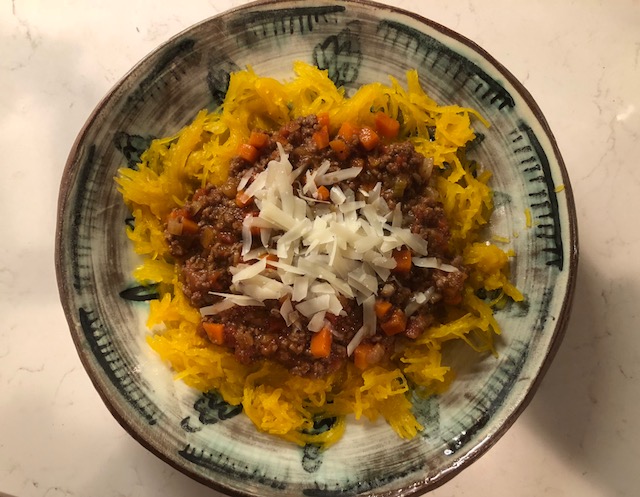,
Meatloaf, Large and Gluten-Free
This
meatloaf, which I the kind I would make for a crowd or to have many meatloaf
sandwiches over subsequent days, is based on a French meatloaf with finely
chopped olives in it. But it has a variation from the usual meatloaf, and
includes neither eggs nor breadcrumbs. And since it is eggless, the baking
temperature does not need to be as high for safety as if eggs were used (unless
part ground chicken or turkey is used with the meat).
 Chickpea
or channa dhal flour (“Besan”) is used in Indian cooking and replaces egg in
batter for religiously vegetarian dishes. But it also by coincidence replaces
wheat flour in the batter, conveniently making the batter gluten-free. I
recently used this chickpea flour in a Pakistani meatball curry, where it
replaced the usual egg for binding and breadcrumbs for extending the meat. It
worked so well that I tried besan in meatloaf. I and members of the family who
tried the meatloaf, thought the results were great.
Chickpea
or channa dhal flour (“Besan”) is used in Indian cooking and replaces egg in
batter for religiously vegetarian dishes. But it also by coincidence replaces
wheat flour in the batter, conveniently making the batter gluten-free. I
recently used this chickpea flour in a Pakistani meatball curry, where it
replaced the usual egg for binding and breadcrumbs for extending the meat. It
worked so well that I tried besan in meatloaf. I and members of the family who
tried the meatloaf, thought the results were great.
Here’s
the recipe, for a large (three-pound) gluten-free and eggless meatloaf. The
recipe can be halved to use 1-1/2 pounds of meat for a smaller roast.
Besan
or chickpea flour is available at Indian grocery stores or at some health food
stores
3
pounds ground beef (or 2 pounds beef plus 1 pound ground pork or lamb)
1
cup pitted green or stuffed olives, very finely chopped
1
small onion, finely minced
3
tablespoons ketchup
1
tablespoon Worcestershire sauce
1
cup ground chickpea flour (“besan”)
1/2
cup water
2-1/2
teaspoons salt
1
teaspoon ground black pepper
1
teaspoon ground coriander
1
teaspoon oregano
1/4
teaspoon grated nutmeg
Combine
all ingredients in a large bowl and knead well to mix everything evenly.
 On
a large baking pan or cookie sheet that has edges, shape mixture into a loaf
about 2-1/2 inches high and fairly flat across the top. Pat this well so there
are not air pockets.
On
a large baking pan or cookie sheet that has edges, shape mixture into a loaf
about 2-1/2 inches high and fairly flat across the top. Pat this well so there
are not air pockets.
Bake
at 350 degrees for 50-60 minutes until an internal temperature of 155 degrees
is reached on a meat thermometer (or when oils come out from the loaf, the
surface browns somewhat, and a skewer stuck into the top does not cause pink
juices to flow out).
Serve
hot, or cool and refrigerate for later use (slices can be microwaved) or for
meatloaf sandwiches.






